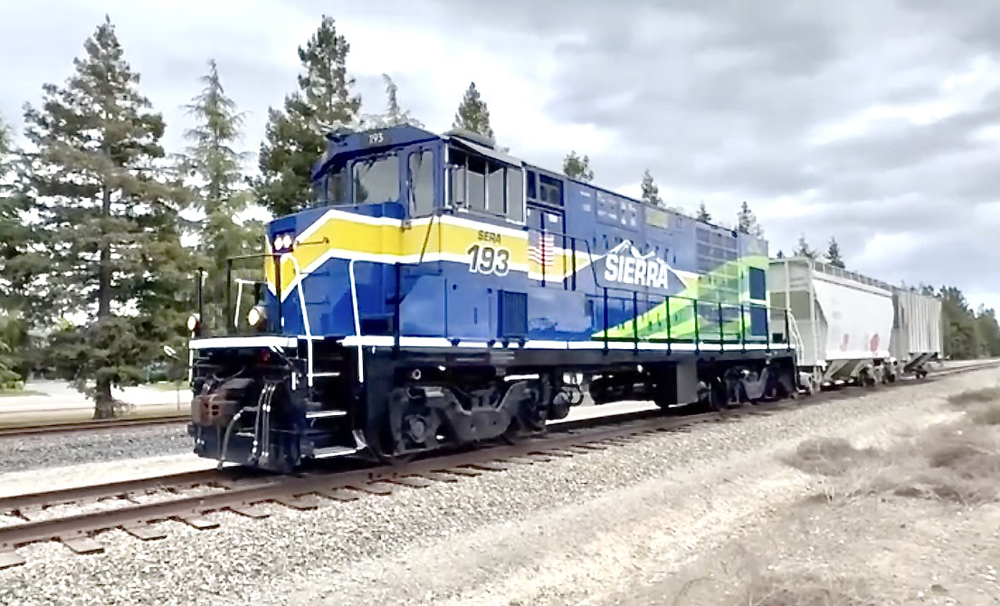
VANCOUVER, British Columbia — Ballard Power Systems will supply 12 hydrogen fuel cell engines to Sierra Northern Railway for Sierra Northern’s hydrogen locomotive project, Ballard announced on Thursday (June 5).
The engines, capable of generating 1.5 megawatts, will be used to convert three diesel switchers to hydrogen power. Sierra Northern held the initial test for the first locomotive in its hydrogen project earlier this year [see “Sierra Northern holds first test …,” Trains News Wire, April 8, 2025].
“We are thrilled to collaborate with Sierra Northern Railway on this groundbreaking project” Ballard CEO Randy MacEwen said in a press release. “This partnership underscores the versatility of our industry leading fuel cell technology and the critical role fuel cells can play in advancing sustainable rail solutions. We are excited to continue Ballard’s momentum in decarbonizing the North American freight rail sector.”
Ballard has previously provided fuel cells for CPKC’s hydrogen locomotive program [see “Ballard to provide more hydrogen engines …,” News Wire, July 27, 2023].
“Integrating Ballard’s fuel cell modules into our switching locomotives aligns with our commitment to innovation and environmental stewardship,” said Kennan H. Beard III, Sierra Northern president. “This initiative not only enhances our operational efficiency but is also a pivotal step in California’s efforts to reduce greenhouse gas emissions in the transportation sector.”
Earlier this year, Sierra Northern moved to expand its development of hydrogen and other alternative forms of motive power when it acquired locomotive builder RailPower LLC [see “Sierra Northern acquires …,” News Wire, Feb. 7, 2025].






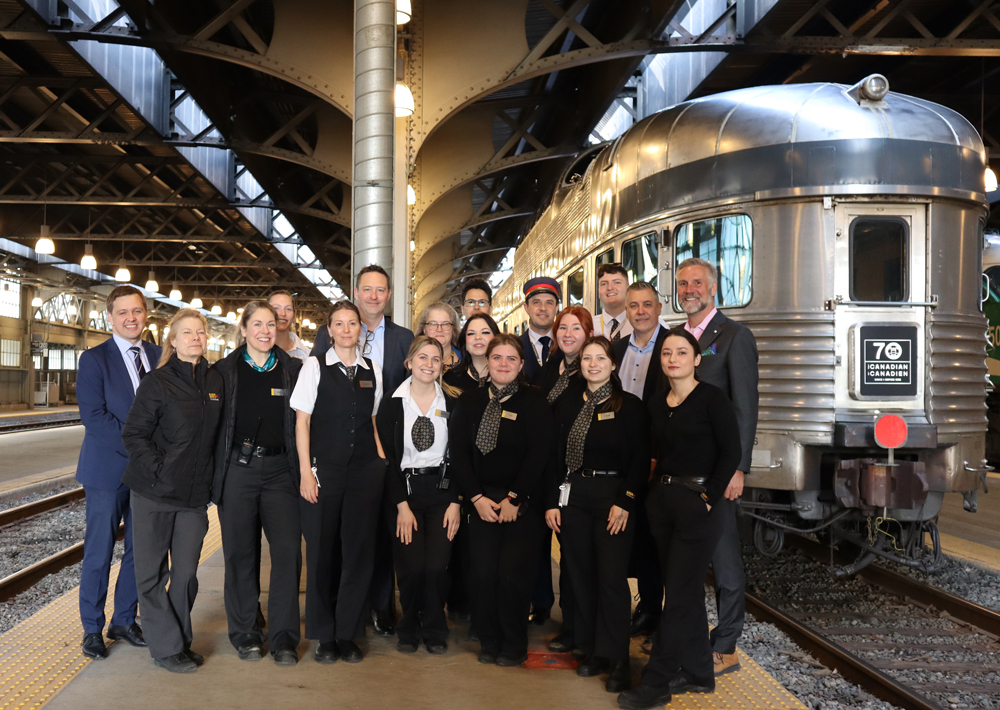
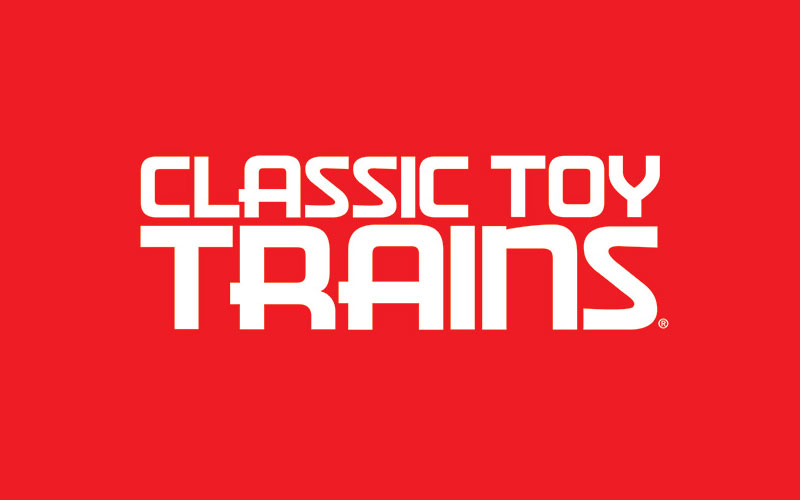
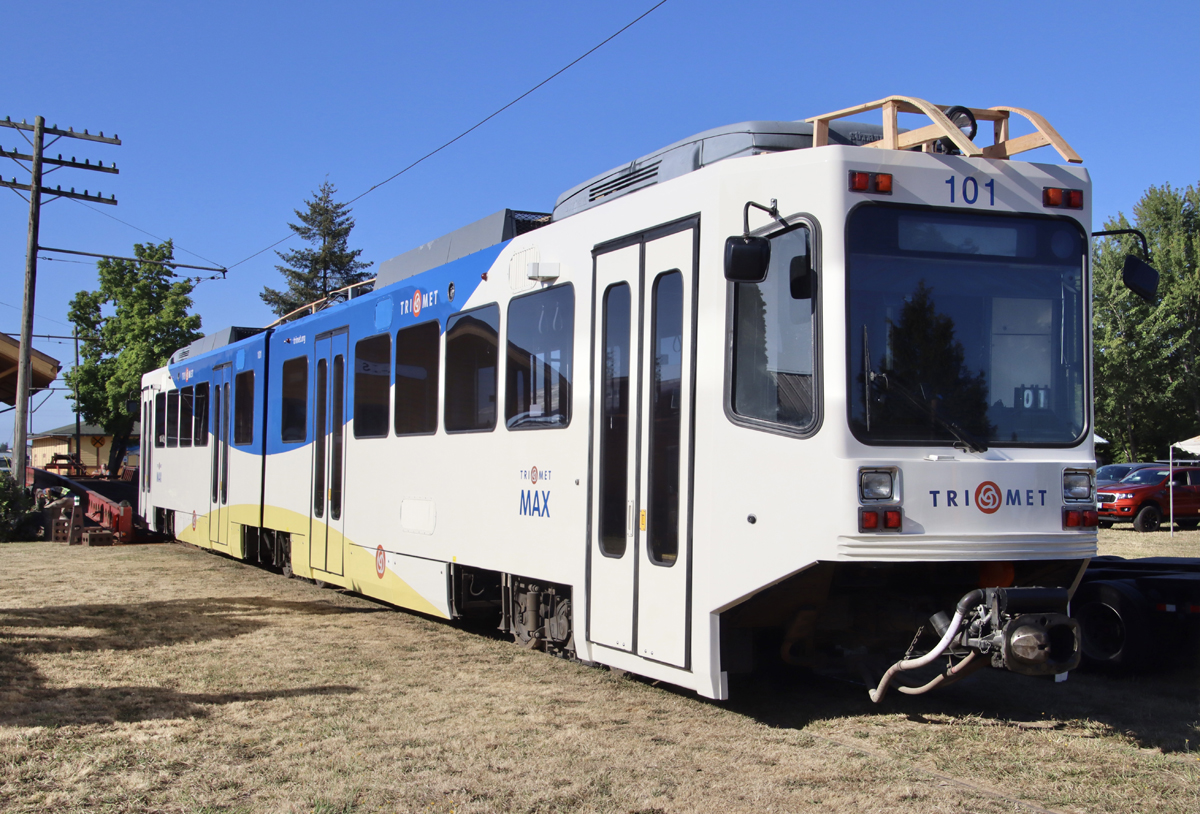


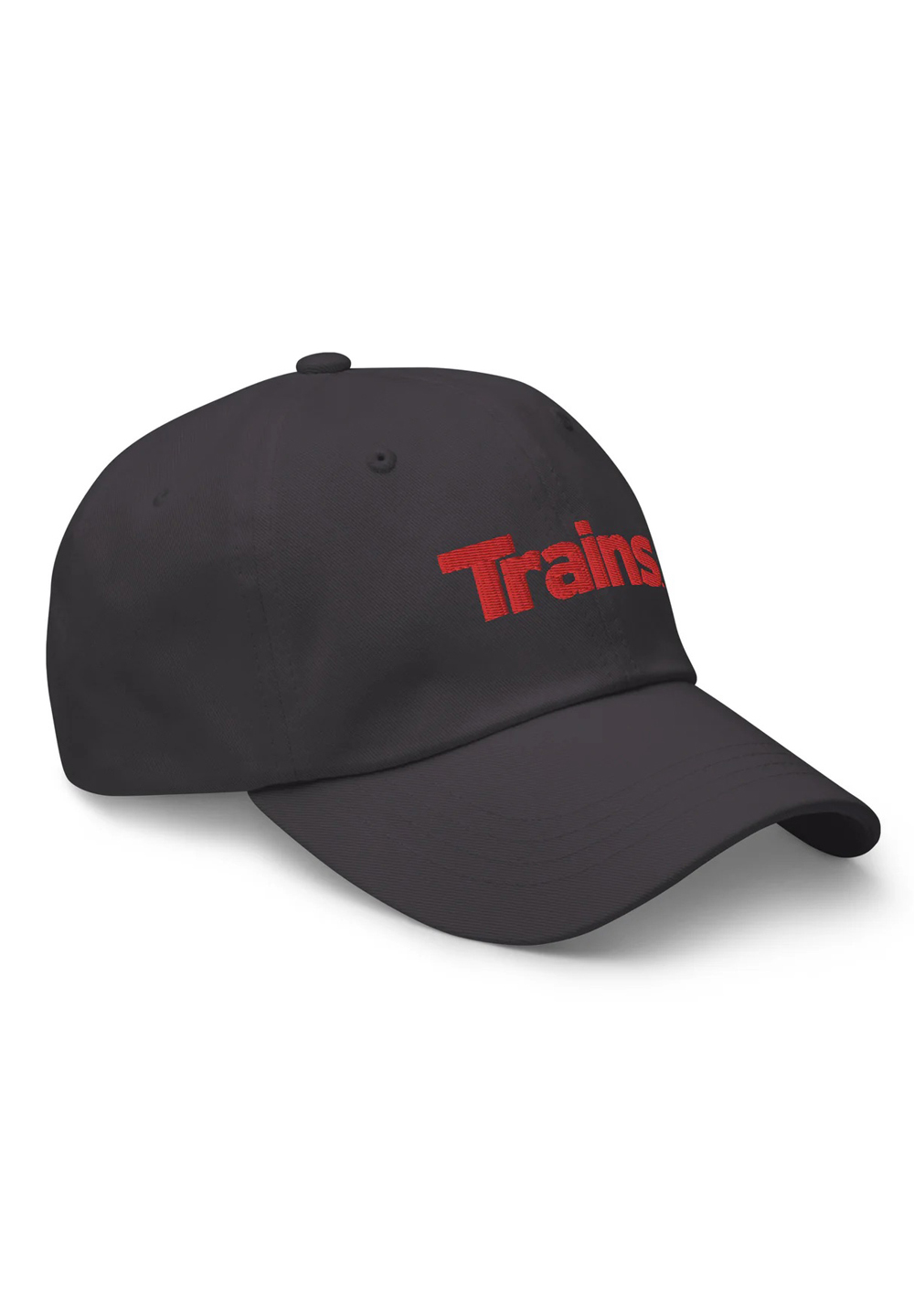

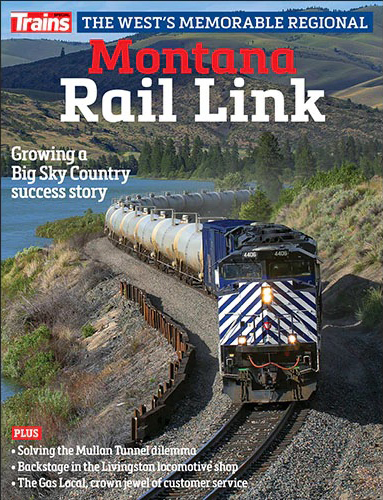
We can wish Sierra Northern all the best. Still the worry = is there enough Hydrogen available? Were they able to consult with Alstom and DBD on their problems and does the contract with Ballard address those issues?
Alan, The issues with the Alstom hydrogen trainsets varied in different areas.
The first issue was Deutsche Bahn could not get a reliable supply of hydrogen, so there were sporadic cancellations.
The second issue was that Ballard cells were not producing enough power causing the trainsets to run behind schedule or simply stop. Alstom claimed the cells were not producing the design power, but it was not clear from Alstom is if the specification did not meet the requirements, or the cells were not arranged in an optimum configuration for the use case or the cells were downright faulty. No word from Ballard as far as I know.
Also Alstom did not share any information on the capacitance design and if it was up to the size needed for buffering the energy needs across its route and passenger loads.
The last I read was that DB spun off some of the units to eastern Europe and some of them went back to Alstom.
THis is based on data available several months ago, many things may have changed in the interim.
I left off one other item…..since DB was having such a hard time acquiring hydrogen, there was some speculation that the hydrogen supply was suspect, or may have been diluted with an inert gas, which would have explained the complaints on the lack of power. No proof was ever provided supporting this claim.
Alstom had poor performance from the Ballard hydrogen cells in the EU and DB took them out of service. I haven’t read anything negative in the CPKC or CSX efforts using Ballard products, but more on the rails experience is needed to know for sure.